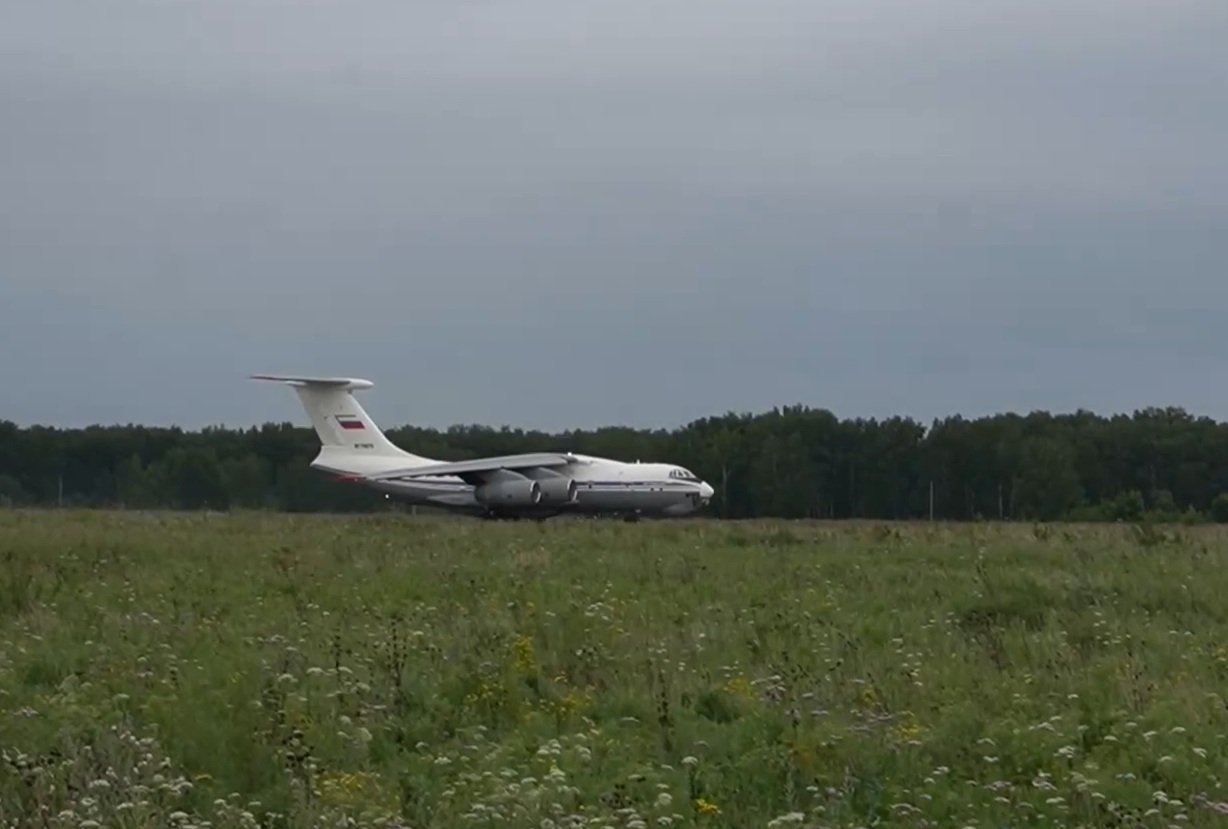
Russia Takes Delivery of new Il-76MD-90A Plane
The Russian Aerospace Forces have taken delivery of a new Il-76MD-90A heavy transport aircraft as part of a broader program to equip the military with high-demand weapons and equipment, according to state media reports on September 2.
The Il-76MD-90A is powered by the PS-90A-76 engine, rated at 16 tons of thrust and produced by Rostec’s United Engine Corporation. The aircraft is also equipped with an updated cockpit featuring Russian-made avionics and a modern digital display system often referred to as a “glass cockpit.”
The Il-76 series has been in continuous production for more than 50 years, with over 950 units built in various military, civilian, and special-purpose versions. The latest Il-76MD-90A is presented by Moscow as an answer to a critical shortage of transport aircraft, driven by both aging fleets and Russia’s broader defense needs.
However, the program has faced repeated challenges. Originally envisioned as the development of a new transport aircraft, the plan was scaled back into a modernization of the Soviet-designed Il-76 after Russia lost technical expertise and industrial capacity in the years following the collapse of the Soviet Union. Even with this shift, production has been delayed by repeated technical and industrial setbacks, some of which have temporarily grounded aircraft already delivered to the military.
Russia’s state-linked business daily Kommersant earlier confirmed that the Main Investigative Directorate of the Investigative Committee opened a criminal case against executives of the Balashikha Foundry and Mechanical Plant (BLMZ). The probe followed revelations that BLMZ supplied defective bearings for the Il-76 program. According to investigators, between 2017 and 2022, the plant procured bearings from an unknown supplier using falsified documents.
Analysts note that while Russia has touted the Il-76MD-90A as evidence of modernizing its airlift capabilities, the program underscores deeper problems in the country’s defense industry. Shortages of skilled labor, disrupted supply chains, and quality control issues have slowed progress despite Moscow’s attempts to accelerate production.
The aircraft is intended to play a key role in Russia’s strategic and tactical transport missions, from moving troops and equipment to supporting airborne operations. Yet the persistent difficulties in scaling production highlight the gap between state targets and industrial realities.


